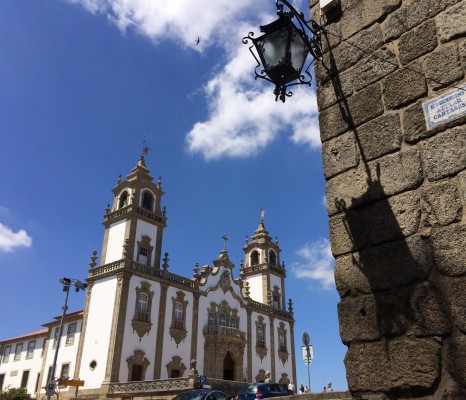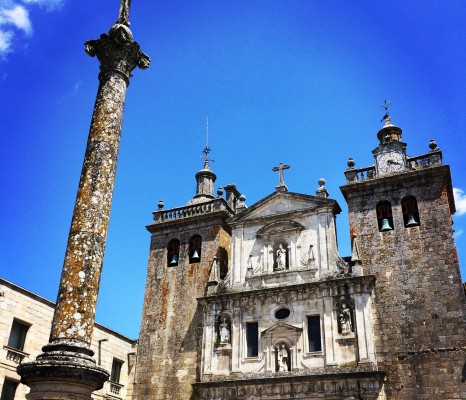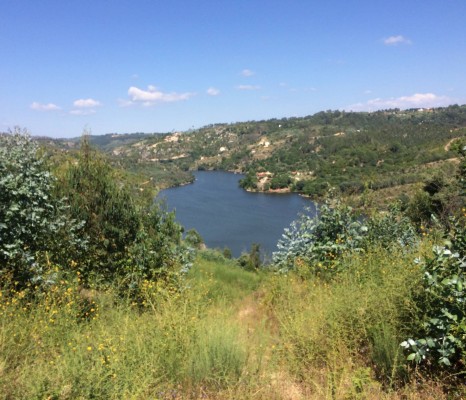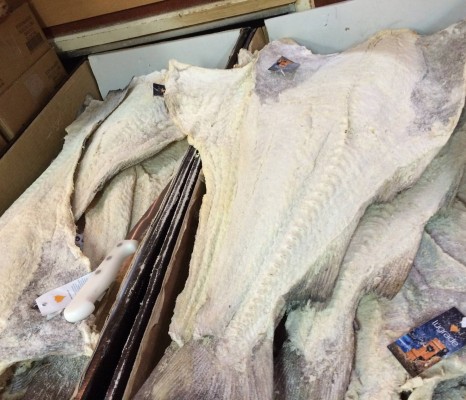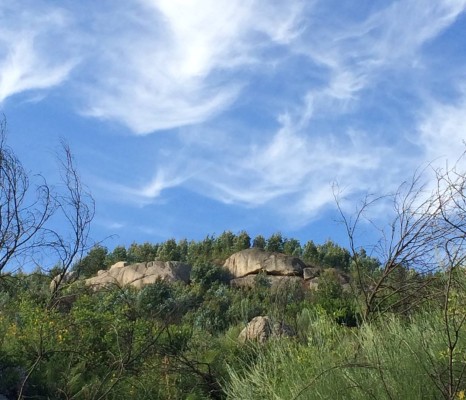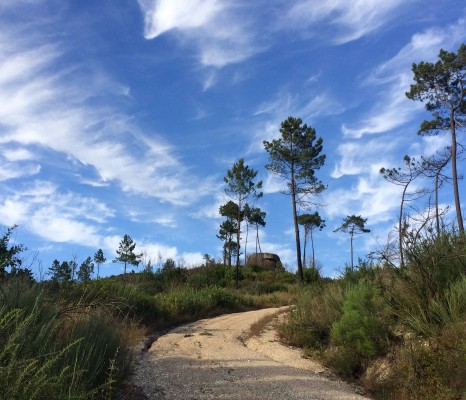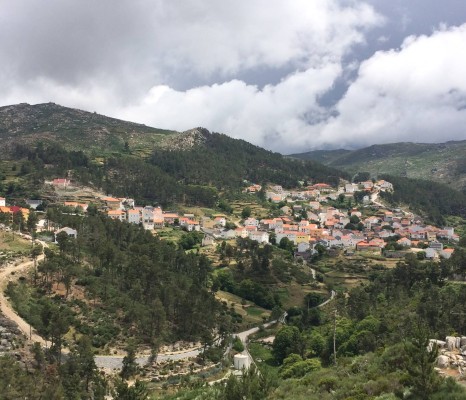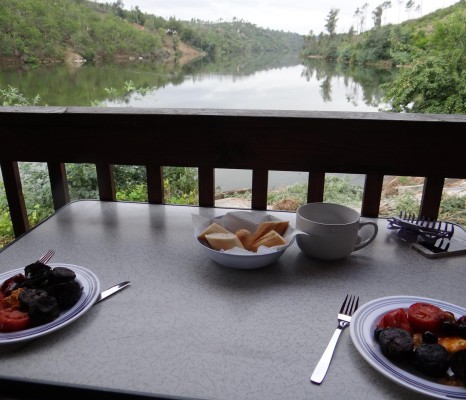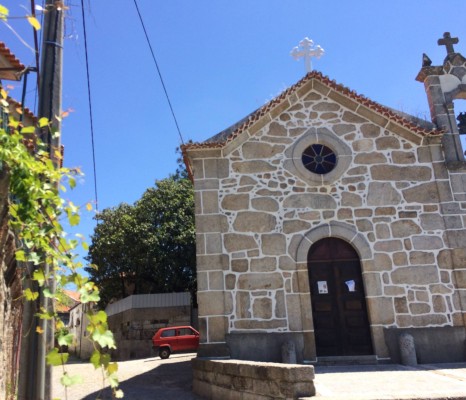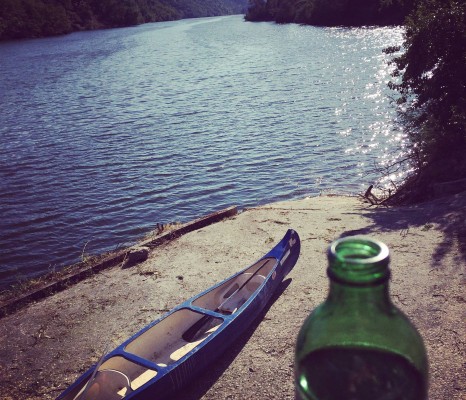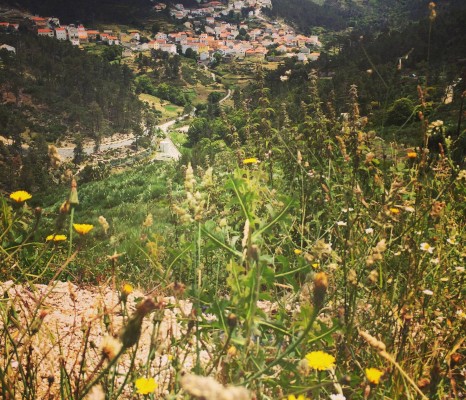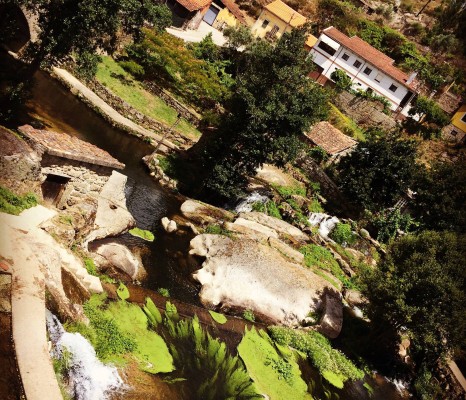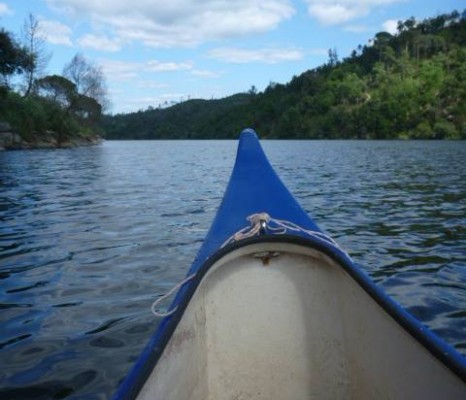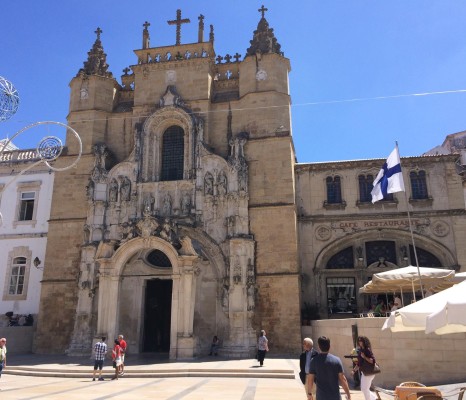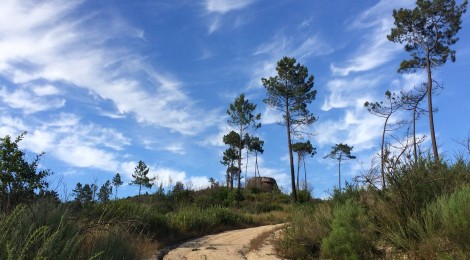
Touring Northern Portugal – mountains, rivers and countryside
When I think of Portugal, it’s normally the long sandy beaches, orange and lemon groves, and chaotic tourist shops drawn up from my memories of a childhood holiday in the Algarve many years ago.
Recently, my father has moved to Portugal and I was keen to visit him and also see a different, more authentic part of the country, and I am pleased to report that during my week-long visit to the forests and mountains of Carregal do Sal in Northern Portugal, I did not see a single flash of the Portugal I remember.
What I did see were vast areas of forest and woodland, sprawling farms, olive groves and vineyards, sweeping rivers and imposing mountains. In between these were scattered villages and towns, clinging to the hill tops, the distinctive coral roofs and white walls of traditional Portuguese architecture standing out against the vibrant green of the countryside and bright blue of the sky in the sunlight.
My father’s new home is tucked away in the middle of the countryside on the banks of the Mondego River – literally overhanging the water. Accessible only by a long and winding dirt track and with no neighbours close by, it is the perfect spot for a relaxed retreat. In addition, the house was still under construction when I visited so we only had electricity at night from a little diesel generator, no phone signal and no internet – as if the surroundings themselves didn’t already demand my full attention!
Even without getting in the car there was plenty to do, we dusted off my dad’s kayak and headed down river to explore more of the area from the water. We took the dog for long walks up and down the hills along the banks, stopping to watch eagles and kites circle and call to each other overhead.
Further afield, we spent some time in the local village of Carregal do Sal and town of Viseu, as well as visiting the university city of Coimbra and my entry/exit city of Porto. All of these settlements shared common characteristics to varying degrees – a rich historic centre complete with beautifully old and ornate architecture, narrow cobbled alleyways, simple yet awe-inspiring whitewashed churches, and lots of flowers and green spaces.
On one particularly memorable day, we took a drive up to the Estrella Mountain range, taking the scenic roads up and beyond the usual rural landscape to the national park, through and above the clouds where the conifer trees stopped growing, exposing huge rocks covered with gorse and other wildflowers in full bloom. Ascending further, the flowers became few and far between, giving way to bare rocks with almost neon lichen and deep mountain lakes, until we reached the summit and the currently redundant ski resort, useless with so few patches of snow left. After a steaming galau (large milky coffee) to warm up, we took the long and incredibly scenic road back down the mountain through the glacial valley and remote mountain settlements, stopping to allow teams of dogged cyclists the space to pass us on their arduous climb.
International tourists are few and far between in this part of the country, although I saw plenty of lovely hotels that catered to domestic tourists, and would provide a fantastic place to stay for those looking to go beyond the guidebooks and get off the beaten track. My recommendation would be to fly into Porto and spend a couple of nights there for some beach time and to really explore the beautiful old city, then take the train to Coimbra and use this as a base to explore the countryside of the area, checking with the locals for details of places to stay. Alternatively, be really adventurous, hire a car, pack a tent and head out on a road trip to remember – it’ll be what I do the next time I visit!











